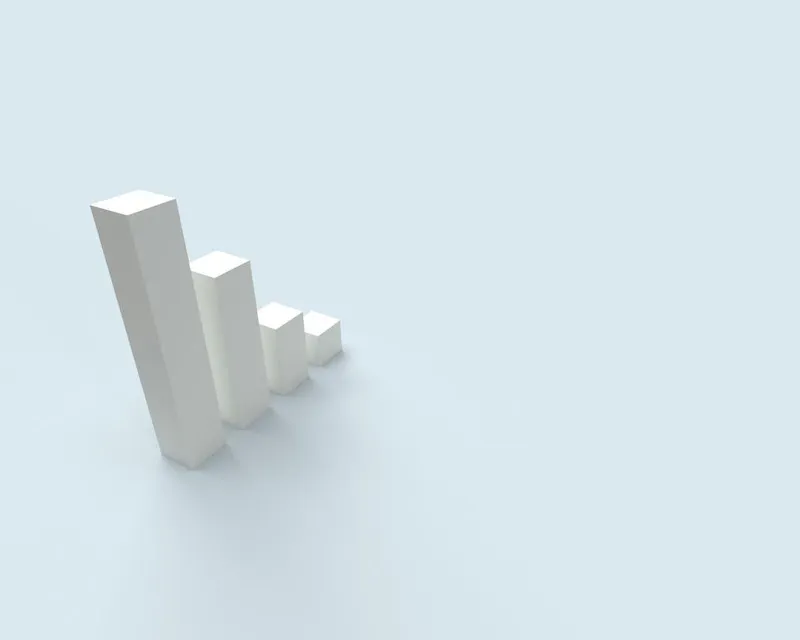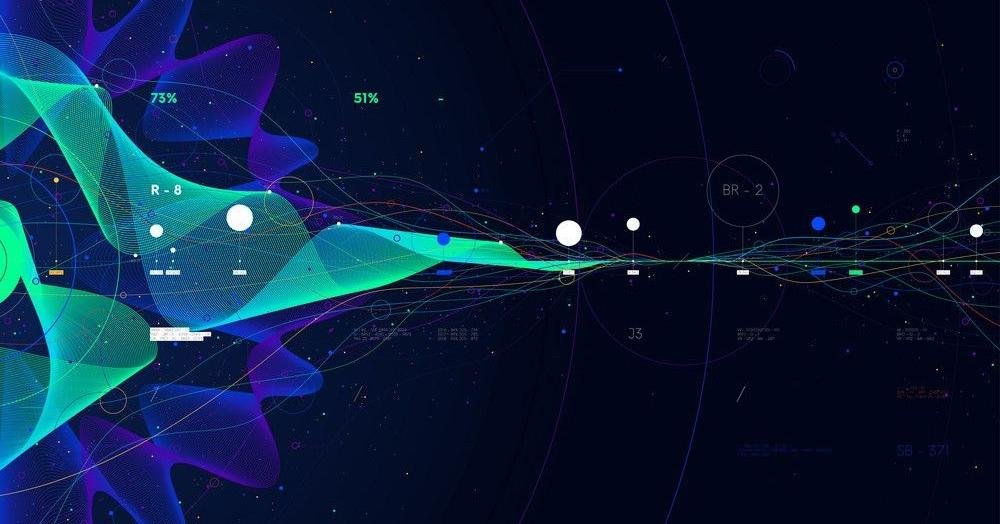In today’s data-driven world, businesses are increasingly relying on large amounts of information to make critical decisions. However, collecting and analyzing data is only half the battle. The real challenge lies in communicating the insights obtained from data to key stakeholders within the organization. This is where data visualization tools play a major role. Keeping up with the growing quantity of complex data and turning it into meaningful insights is a daunting task. Lucky for you, this article is designed to assist you in mastering various data visualization tools and techniques, in order to bring your data to life.
Exploring Different Types of Data Visualization
 [Alt text: A collection of paperwork including several pie charts and other data visualizations.]
[Alt text: A collection of paperwork including several pie charts and other data visualizations.]
There is a myriad of data visualization types available, each having specific suitability depending on information complexity, audience, and key message. Basic types include tables, histograms, line graphs, and scatter plots. These are typically used to represent simple data structuring and straightforward analytics. For more complex data or multifaceted analysis, advanced visualization types such as heat maps, radar charts, and treemaps are utilized.
They allow you to display high-dimensional datasets in a compact manner, making it easier to understand hidden patterns and correlations within the data. One popular and effective visualization tool is the pie chart, which provides a quick visual comparison of different categories of a dataset. It is a circular chart divided into slices, with each slice representing a specific category or data point. The size of each slice is proportional to the quantity or percentage it represents. The different slices are visually distinct and can be easily compared to understand the relative proportions or percentages of each category.
Geospatial graphics, including maps and cartograms, are another category often used in data visualization. With these tools, you can overlay data onto geographic maps to determine patterns and trends. Regardless of the type of visualization chosen, the goal is always to simplify data in a visual context to enhance human comprehension.
Also Read : Elevating Business Travel Efficiency with Company Travel Software Solutions
Understanding the Importance of Data Visualization
Data visualization is the graphic representation of data, offering a new way of seeing and understanding the information. It transforms complex numeric and textual data into visual, easily comprehensible, and dynamic diagrams. Whether you are dealing with a vast amount of raw data or trying to convey sophisticated analytics to your team, data visualization can help you extract value and make sense of the information. Besides simplifying complex data, data visualization also enables better decision-making, enhanced data exploration, and improved communication.
When the patterns, correlations, and trends of a given dataset become visible, businesses can make more informed decisions, ranging from daily operations to strategy formation. Furthermore, data visualization promotes interactive engagement with data. With interactive dashboards and charts, you can explore the data at different levels, conducting in-depth analysis or getting an overview scenario as required. This ace in the hole empowers non-technical users to interact with the data and derive insights independently.
Also Read : Reasons Why ELSS Funds Are the Perfect Investment Option?
The Future of Data Visualization
 [Alt text: 3D rendering of a bar chart on a white background]
[Alt text: 3D rendering of a bar chart on a white background]
The future of data visualization lies at the intersection of machine learning, big data analytics, and virtual reality. Machine learning algorithms are expected to play a crucial role in future visualizations by helping users identify patterns, trends, and insights that would otherwise remain hidden in the massive volumes of data. With the proliferation of big data, the demand for real-time visualization is poised to surge.
Real-time visualizations will aid in monitoring business operations, tracking useful performance metrics, and identifying glitches promptly. Virtual Reality (VR) and Augmented Reality (AR) are also expected to contribute to more immersive, interactive, and intuitive visualization experiences. The rise of citizen data scientists, individuals without formal statistical or programming training who can perform data analysis tasks, would democratize access to data visualization tools. This would lead to more widespread and engaged use of data visualization in decision-making processes.
Understanding and mastering data visualization tools is becoming an essential skill in the modern digital age. With the ever-growing amounts of data, we gather each day, it’s more important than ever to represent this information in a digestible, visually engaging way. By mastering these tools, you become better equipped to transform raw data into meaningful stories and actionable insights.
You will be better equipped for handling big data but this also adds a valuable skill set to your professional toolkit.

